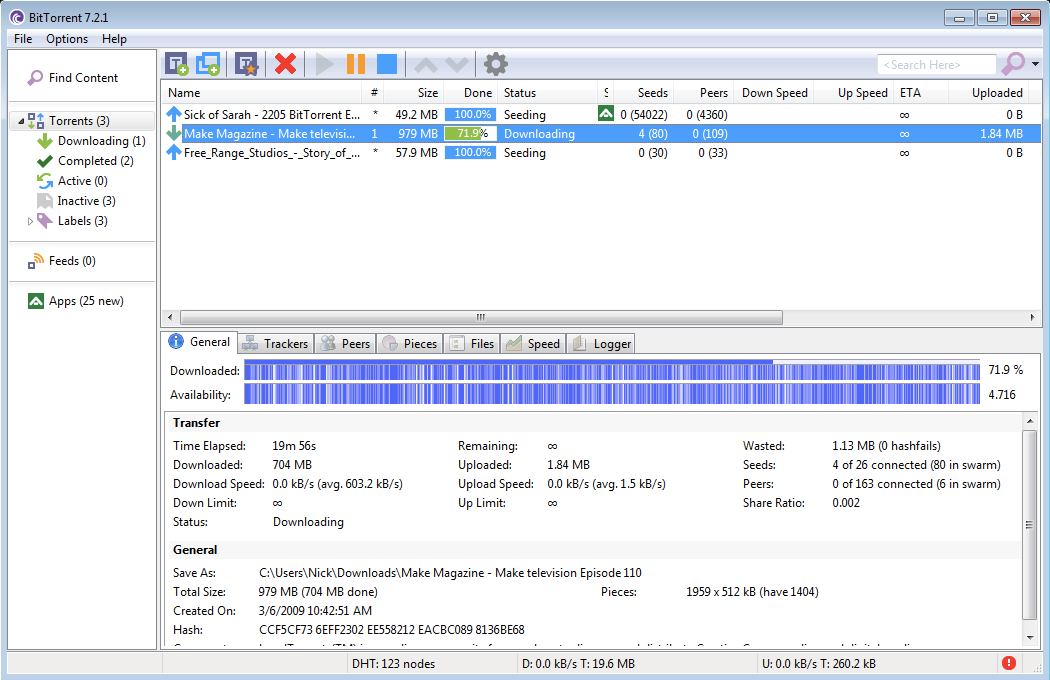History
In 1982, Andrew Fluegelman created a telecommunications program for IBM PC and named it PC-Talk. He used the term freeware for PC-Talk and that was how this word was coined. Within a few months of this, Bob Wallace developed a word processor, PC-Write and called it shareware. But Andrew Fluegelman initially did not distribute the software freely, thus making it a shareware.
Freeware software is a software that is available free of cost. An user can download freeware from internet and uses it. An user can download freeware from internet and uses it. These softwares do not provide any freedom of modifying, sharing and studying the program as in open source software. Jul 24, 2019 To use IObit Uninstaller, select the program you want to remove and then click the Uninstall button. IObit uses the program's own uninstaller routine to remove it, getting rid of any unnecessary. Remove Any Programs Free Software Remove Startup Programs Buddy v.2.1 Remove Startup Programs Buddy is freeware utility to remove malicious programs from Windows startup. Delete Duplicate Files does not allow for deletion during its trial. The program comes as a compressed ZIP file and leaves folders upon uninstall. We cannot recommend this program since we do not. List² is a small program for creating lists or tables. Features include: - the ability to rename, insert, and delete columns - insert and delete rows - find and replace - clipboard cut, copy, paste to and from cells - export to html - import or export tab-delimited text - printing with print preview.
License and copyright
Download Shareware
The Copyright laws are applicable to both Freeware and shareware, and the copyright holder retains all rights. The authors or developers of freeware and shareware are programmers and their programs are of comparable quality. The software license may impose some restrictions on the type of use of software including personal use, individual use, non-profit use, non-commercial use, academic use, commercial use or any combination of these. The license may be 'free for personal, non-commercial use.'
Distribution

The main difference lies with the method of distribution. For freeware, ideally there is no charge for using the software. Under EULA, the author gives the permission to copy and distribute the software, either to all or to a specific group. Freeware distribution gives users a chance to try software and continue to use it for no payment or some acknowledgement (Ex. a thank you note, suggestions, comments, user experience etc.).
Shareware distribution gives users a chance to try the software before buying it. If someone wants to use the shareware program for a long time then he may have to buy it. In shareware, the developer omits the normal distribution channel and the retail middleman and directly markets it to the end user. This results in a reduced end-user price. Also users of shareware are encouraged to copy and distribute unregistered versions of the software to friends, colleagues for the purpose of their trying it out with the understanding that they will pay for it if they continue to use it.
Criticism
The main problem with freeware is the lack of support if a program does not run properly. Some freeware have inbuilt advertisements, through which adware may get installed in the users system.
Many shareware projects are not updated regularly or offer support for the program. Some software might not include all fully functional features.
Time Frame
While freeware is a no strings attached software with no time limit to it, shareware may just be a limited feature software to be used free for a certain period. After which the user may be asked to purchase it.
Free Software Freeware Shareware

Delete Any Program Vista Free Software And Shareware Version
References
